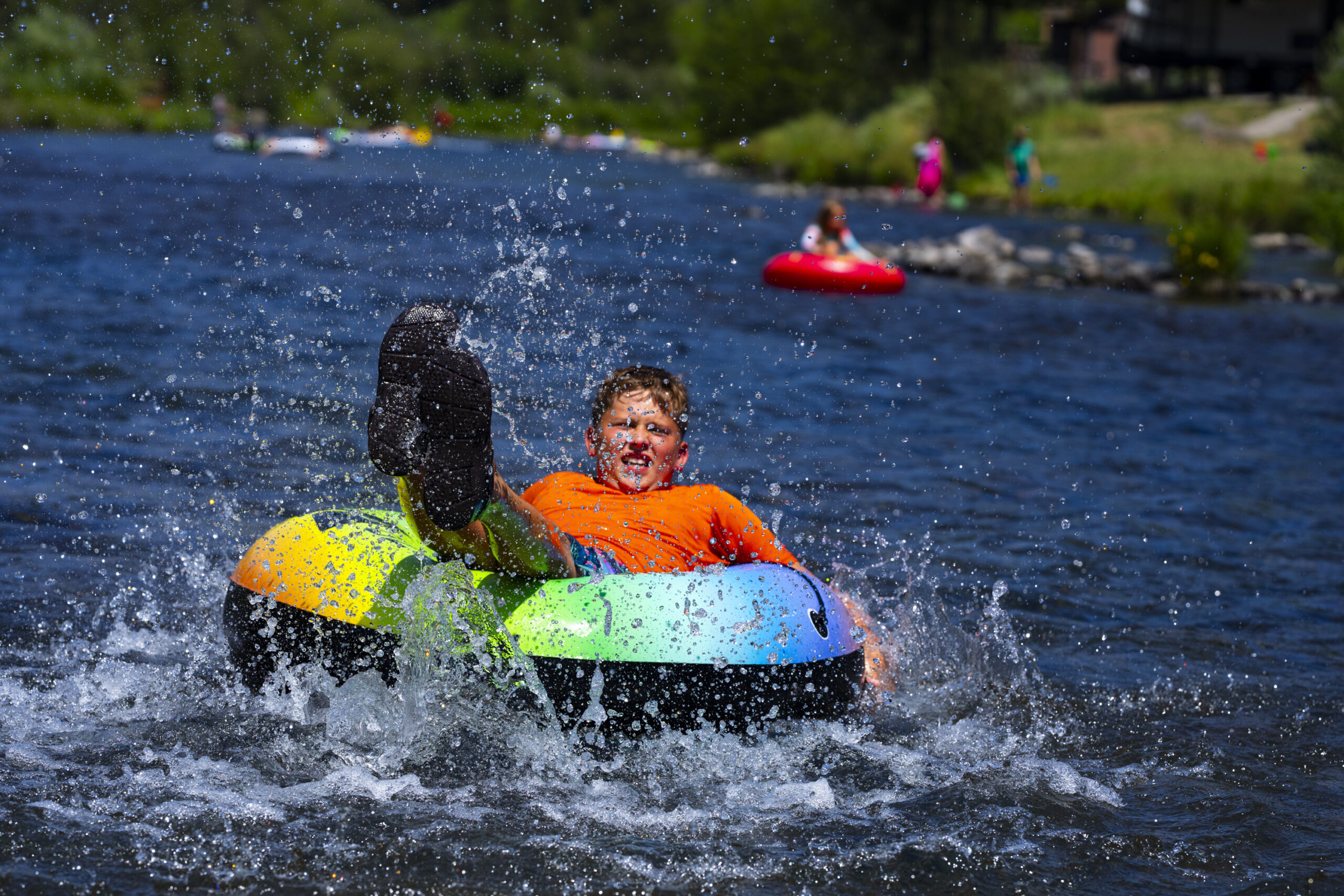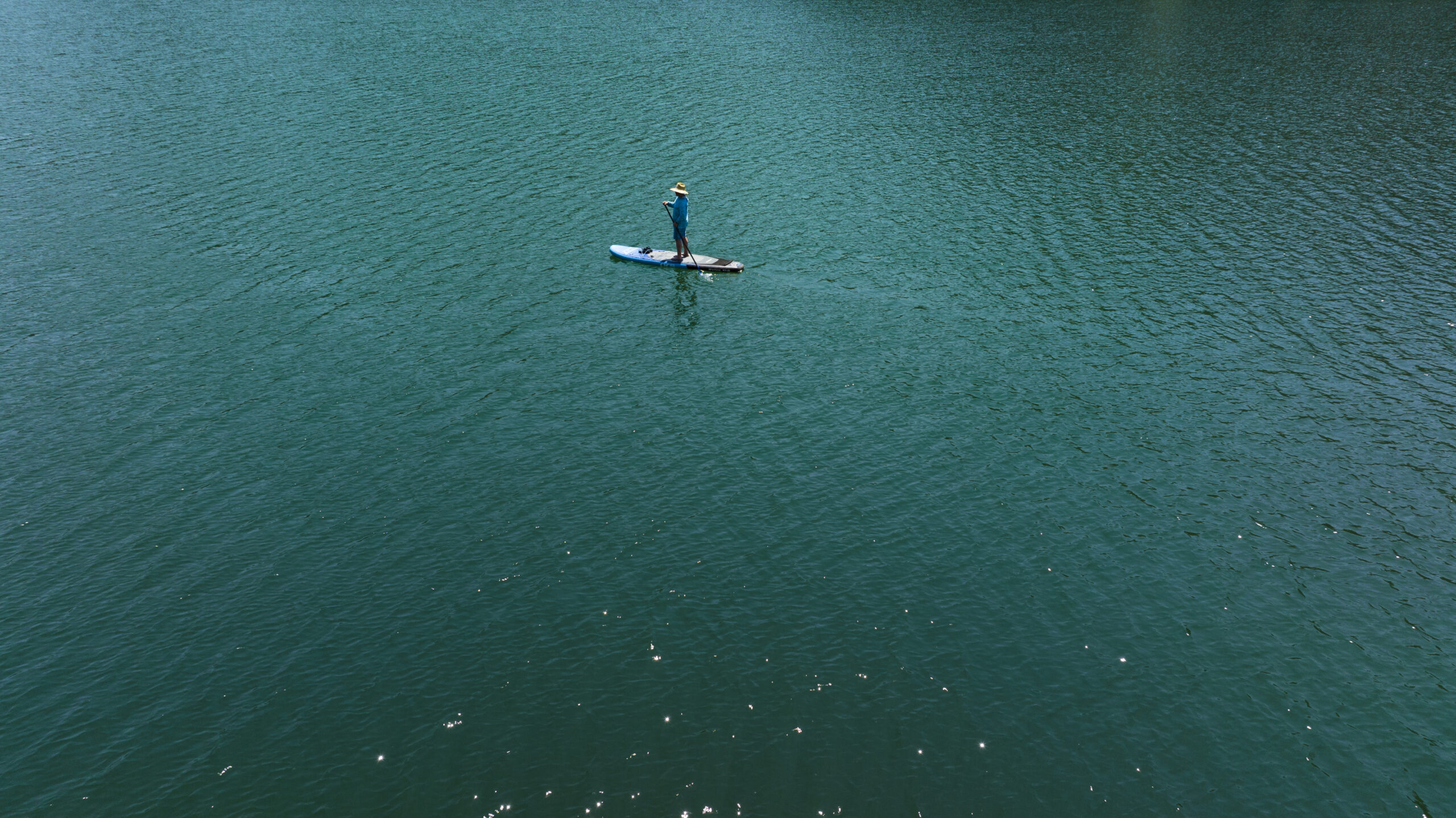
All Hands On Deck: Explore the Yellowstone Teton Territory’s open water

Idaho was named after the Indian word ‘ídaahę́’, meaning “The Land of Many Waters.” The total length of Idaho’s rivers and waterways (over 107,000 miles) could stretch across the US thirty-eight times.
But Idaho is also the 5th driest state in the country during the summer–problem solved: get out on the water in the Yellowstone Teton Territory.
Whether you’re looking to kayak, wakeboard or spend the day sport fishing, there’s a body of water for everyone. Some of the local favorites include Gem Lake-→ best known for smaller water crafts (kayaks, canoes, jet skis). The designated swimming area offers a safe haven for children with its floating bridge ensuring their safety while they enjoy the calm waters nearby.
Ripples, Reservoirs,
and River Days

Ririe Reservoir is great for water sports and boats of all sizes. Take in the views on Palisades, and enjoy the fishing too. Island Park is a favorite amongst water enthusiasts looking to spend the days on their skis, but the reservoir is also a great spot for fishing.
Check out the wonders of Old Faithful but starting your float on the Henry’s Fork at Big Springs, just one of the headwaters of the Snake River.One hundred and twenty million gallons of pure water a day — enough to meet the water needs of a million people — surge out of the ground here. A .5 mile handicap accessible trail offers wildlife viewing of osprey, bald eagles, waterfowl and the occasional moose, white-tailed deer, and muskrat.
Those in search of true Idaho gem should make a point to visit Market Lake Wildlife Management Area→. A major stopover habitat for migrating waterfowl and shorebirds, Market Lake is also a habitat for 250 wildlife species, from small mammals to moose. Located in Roberts, just past another YTT rare gem the restaurant BJ’s Bayou, Market Lake is a rare chance to get off the beaten path without much navigation. Market Lake was first officially recognized as an Important Bird Area in Idaho in 1997. In 2010, the WMA was designated a Global Important Bird Area by the National Audubon Society and Bird Life International. The wildlife viewing blind is a popular destination for birders.

